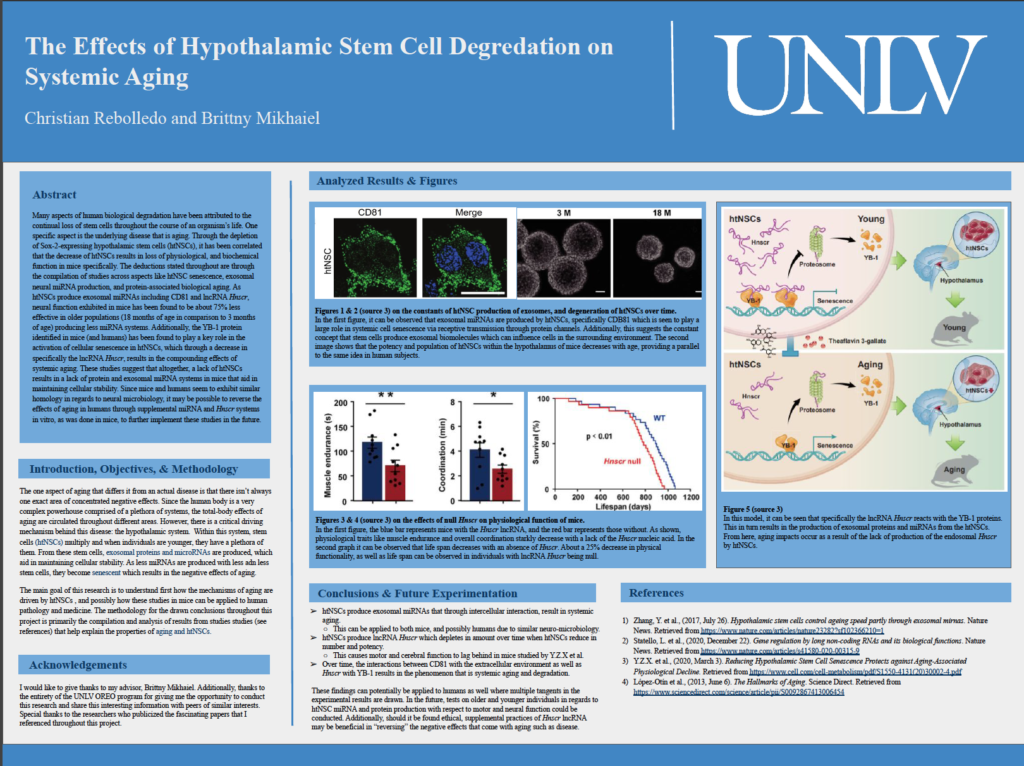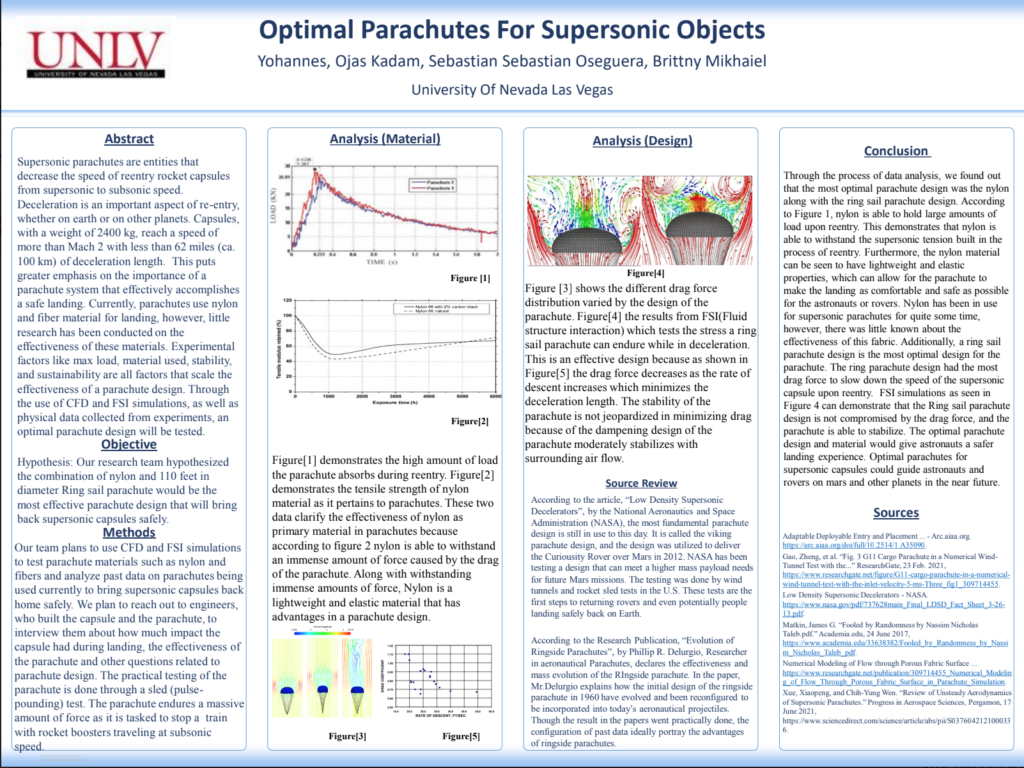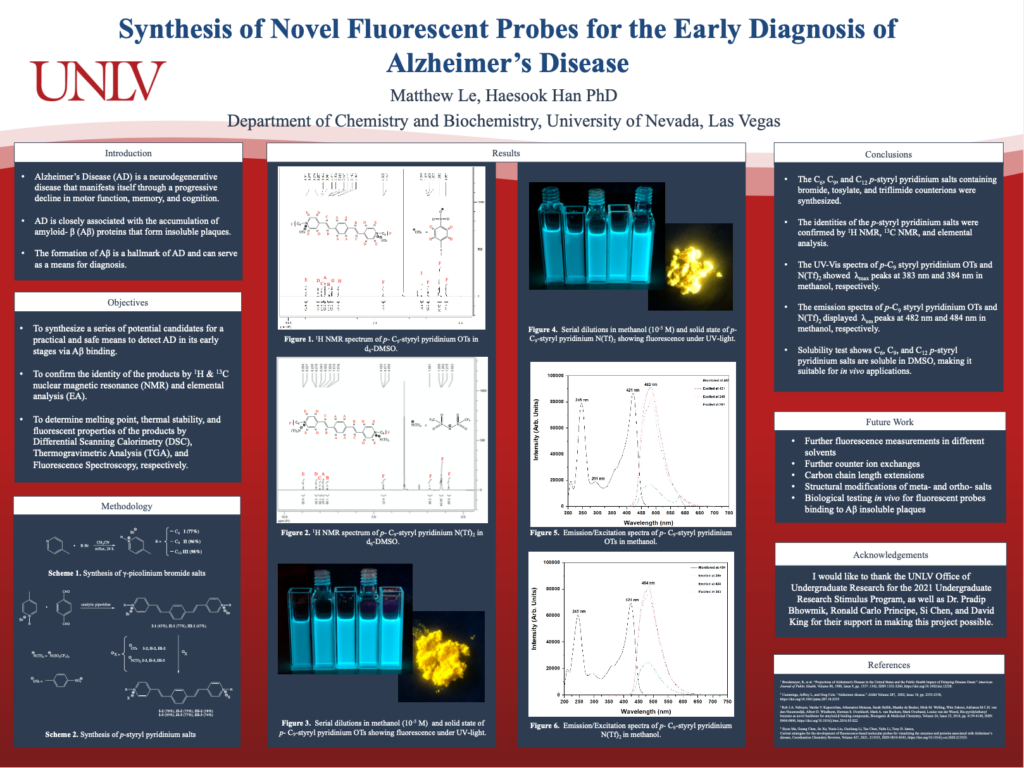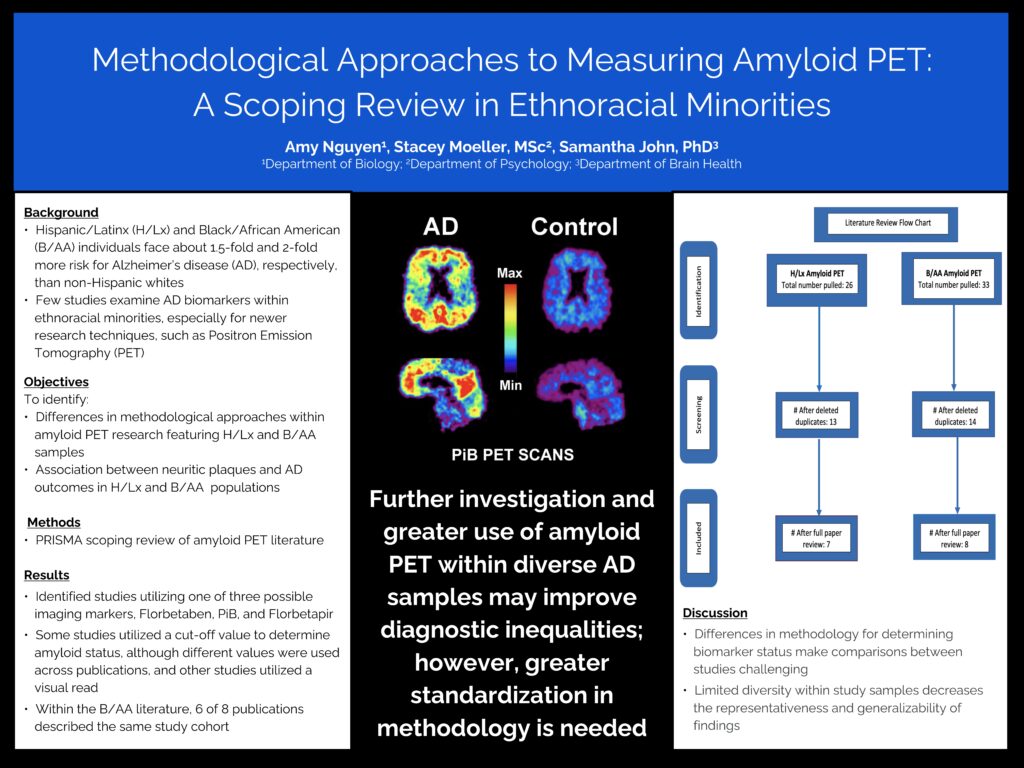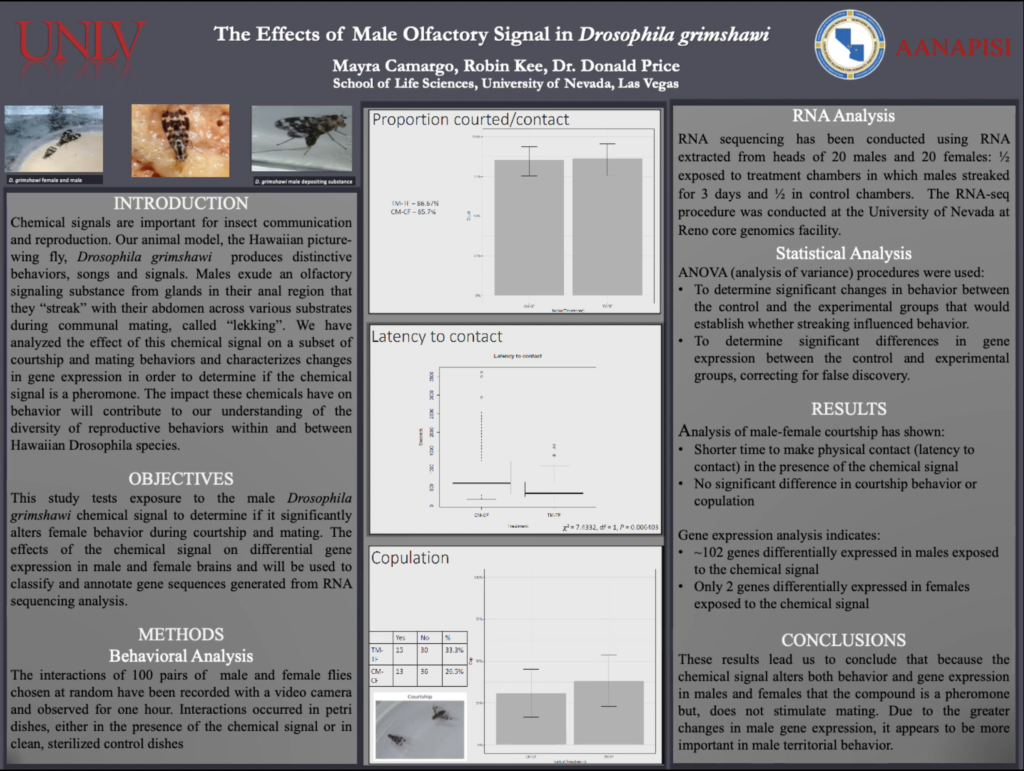AHS-P4-3. Most Popular Fast Food Places in Germany 2015-2019

Sommer Negrillo1
Brandon Lagunas2
Ashleigh Hughes3
Nicholas Sulrzycki4
Faculty Mentor: Kimberly Nehls, Ph.D.3
1Lee Business School, Department of Accounting
2Lee Business School, Department of Management, Entrepreneurship and Technology
3Lee Business School, Department of Marketing and International Business
4Lee Business School, Department of Economics
ABSTRACT
The top three fast-food restaurants in Germany are McDonald’s, Burger King, and Nordsee. Even though Mcdonald’s is by far the most popular, they have had a dramatic decrease in revenue and net income when compared to other fast-food brands since 2012. Based on the research we have conducted, we can explain why McDonald’s is beginning to fail in one of its largest European markets. We learned that the main reasons for McDonald’s Germany’s decrease in revenue are consumers’ changing preference in fast food dining and the increase in healthier alternatives from local competitors. What is unique about this situation is that despite Mcdonald’s having control of most of the German market and a vast amount of resources and knowledge of operating in foreign countries, they continue to perform poorly when compared to their much smaller competitors. However, as dire as the situation is becoming, we believe that Mcdonald’s can turn its operation around by changing its business model and strategy to better accommodate the market and consumers.


